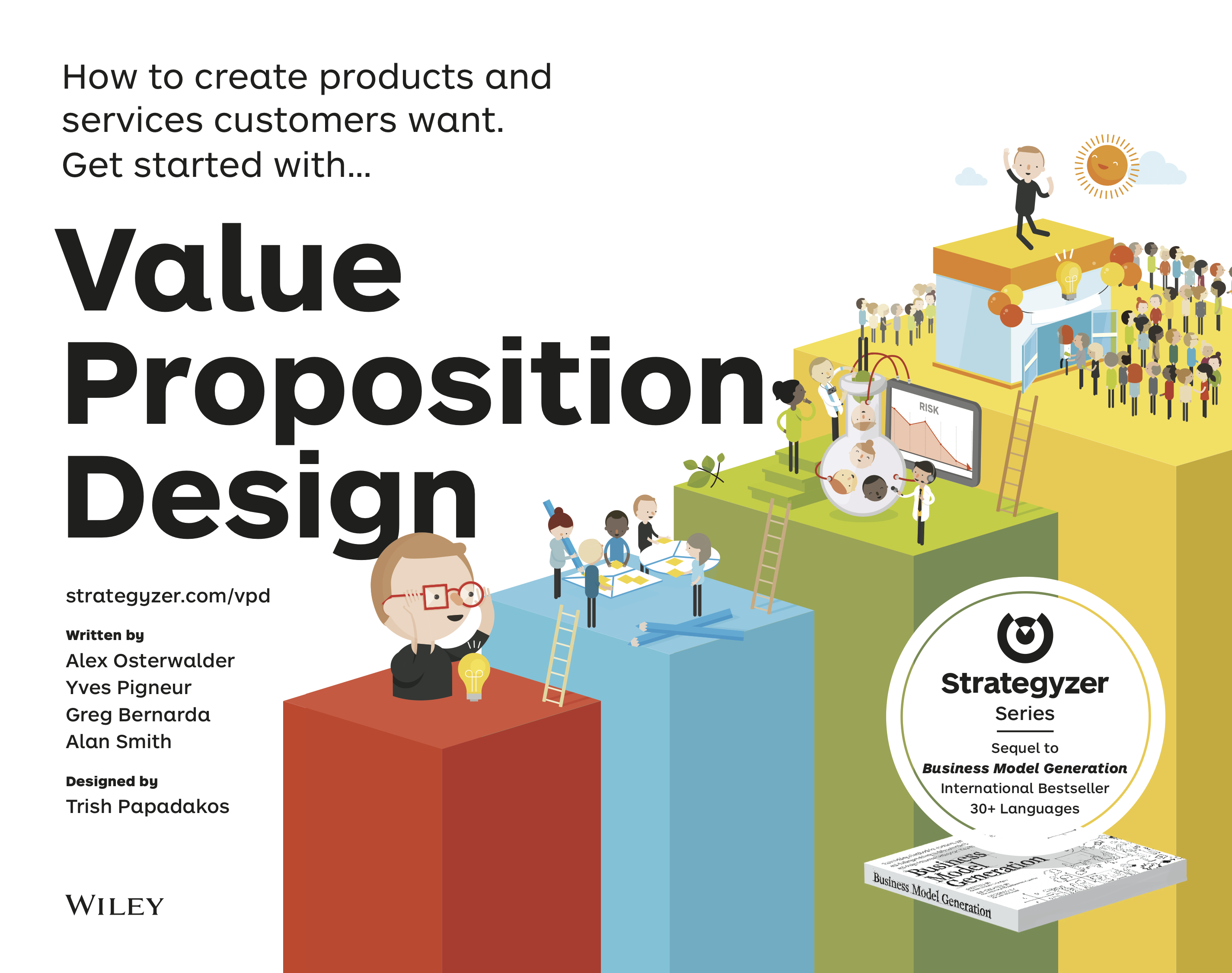Improving globally distributed software development
Friday, February 15th, 2013last chat with Ari-Pekka and Teemu on the second revision of
Ari-Pekka Hameri, A., Tunkelo, T., Pigneur, Y. (2013) Improving globally distributed software development and support processes ’ A workflow view, (submitted) working paper
We propose a new approach and related indicators for globally distributed software support and development based on a three year long process improvement project in a globally distributed engineering company developing, delivering and supporting a complex software system with tailored hardware components and unique end-customer installations. By applying the domain knowledge from manufacturing and production operations management on lead time reduction and its multiple benefits to process performance, the workflows of globally distributed software development and multi-tier support processes were measured and monitored in a company-wide manner. The results show that the global end-to-end process visibility and centrally managed reporting at all levels of the organization catalysed a change process towards significantly better performance. Due to the new performance indicators based on lead times and their variation with fixed control procedures the case company has been able to report faster bug fixing cycle times, improved response times and generally better customer satisfaction in its global operations. In all, lead times to implement new features and to respond to customer issues and requests were reduced by 50%.
Keywords: performance metrics, software process improvement, software quality, support process, complex system product, global software engineering
(DRAFT)




